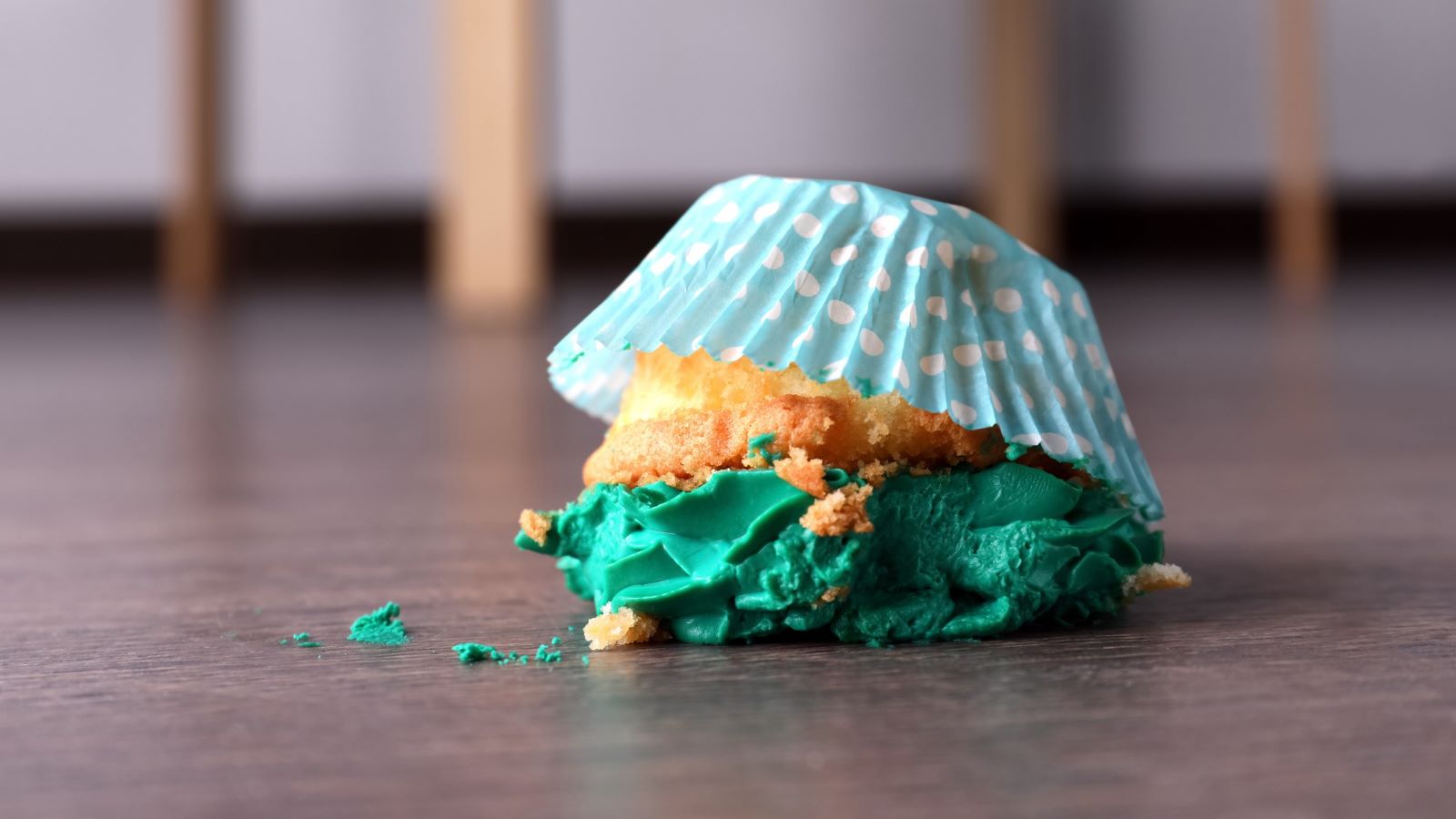We’ve all been there. You finally get your hands on your favorite sweet treat, and just as you’re about to take the first glorious bite — plop! It hits the floor. Your friend yells, “Hurry up, 5 second rule!” urging you to pick it up before it’s too late.
But is there any truth to the so-called 5 second rule for food? Can you really save your snack from germs and bacteria if you’re quick enough?
We asked Ulysses Wu, MD, chief epidemiologist for Hartford HealthCare to set the record straight.
Want healthy lifestyle tips delivered to your inbox?
Sign up hereThe 5 second rule for food: fact or fiction?
Spoiler alert: it’s fiction.
“There’s no scientific evidence supporting the 5 second rule,” says Dr. Wu.
In fact, a 2016 study looked at how bacteria transfers from surfaces to food, testing different contact times, types of surfaces and types of food. And what they found is that bacteria transfer happens immediately, no matter how quick you are.
> Related: 4 Reasons to Take Your Shoes Off Before Coming Indoors
More time = more bacteria
Picking up your food quickly won’t stop bacteria transfer, but it could minimize it.
“Bacteria transfer immediately – and the longer the food sits on the floor, the more bacteria will accumulate,” explains Dr. Wu.
It’s not just about time though – the type of food matters too.
“The wetter the food, the more likely it is to pick up bacteria,” adds Dr. Wu.
A clean-looking floor isn’t always clean
Unfortunately, even the cleanest looking floor isn’t bacteria free.
Floors are breeding grounds for bacteria like coliform, which is found in the digestive tracts of humans and animals and in their waste as well.
When in doubt, throw it out.
Ultimately, whether you eat food off the floor is up to you.
“When it comes to eating food off the floor, it depends on your personal level of risk,” says Dr. Wu.
But when in doubt, Dr. Wu recommends throwing it out, especially if you’re immunocompromised.



